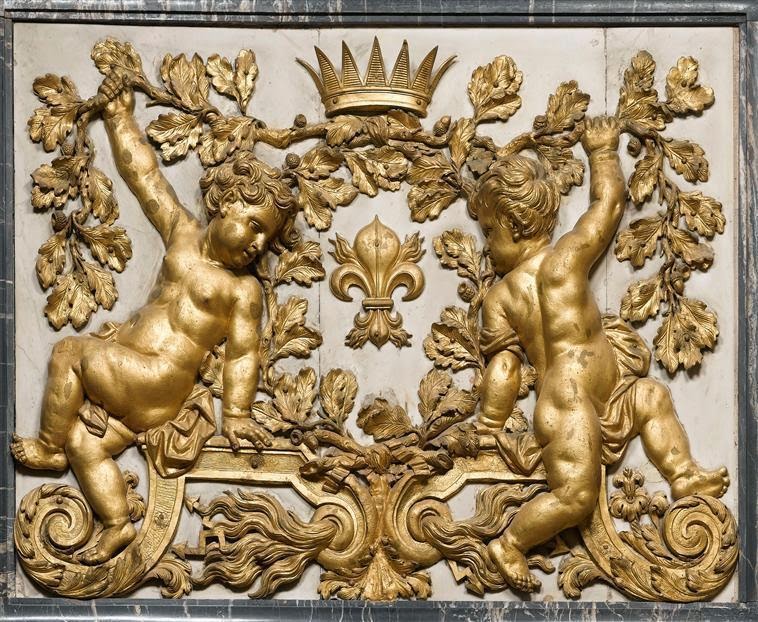Of all the rooms in my home the dinning room will need the most work. This part of the house has settled causing plaster to crack and other problems. I need to have the house leveled and then I will start work. Until then the room has been set up with temporary displays of my collection of Antique furniture, with some of the pieces going into other rooms when the house is complete. When finish the dining room will be painted the same color green as George Washington's large dinning room at Mount Vernon. Green was the most expensive paint in the 18th and 19th century because it was made out of arsenic or vertigris scraped from copper. You need a lot of this to make paint. Although green is one of my favorite colors green paint in the 18th & 19th century was a status symbol in America and a way to show off wealth to guest upon them seeing your green painted walls. A lot of the early homes of the founding fathers had green walls and trim. I have been in George Washington's green dining room many times and it is grand and impressive! The color is a type of vertigris green painted wallpaper. Early green paints of this period were toxic. Some early green paints were so corrosive that they burnt into canvas, paper and wood. Many popular 18th- and 19th-century green wallpapers and paints were made with arsenic, sometimes with fatal consequences. One of those paints, Scheele’s Green, invented in Sweden in the 1770s.
George Washington's large dinning room at Mount Vernon showing green walls
George Washington's large dinning room at Mount Vernon
My dinning room was planed around a 1840's French Old Paris porcelain dinner service I bought in Baltimore. Each piece has a emerald green band of color with hand painted fruit or flowers painted in the center. The furniture is America Empire and Federal mostly high end pieces made in the South, including a huntboard, Alabama made late classical sideboard from the Crommelin family plantation in Wetumpka,AL , Baltimore Federal mahogany dinning table with classical New Orleans saber leg chairs. with corresponding oil portraits, engravings and mirrors.
Paris porcelain dinner service I bought that started the green room
The first photo shows the wall space between my sideboard and door. 18th century French pastel in it's original gold leaf frame of a French Aristocrat will go in my bedroom when the house is complete as well as the 1820's Baltimore Federal worktable attributed to Baltimore Cabinetmaker John Needles will be used as a nightstand next to my cannon ball bed also dating from the 1820's.The Hartford, Connecticut Hepplewhite side chair dates from the 1790's and is covered in a late 18th century style Scalamandre silk Lampas fabric. I have since sold this beautiful rare American gem.
On the worktable pair of English or American beehive brass candlesticks, 18th c Marie Antoinette factory dish and cup painted with cornflowers. And American Philadelphia coin silver spoon early 19th century. late 18th century English Georgian creamware lusterware crocuses pot.
On the worktable is a extremely rare late 18th century English Georgian creamware lusterware crocuses pot. Also on the table a 18th century Old Paris dish from French Queen Marie Antoinette's porcelain factory Rue Thiroux. Just visible next to the worktable is the side of a Alabama made late classical sideboard from the Crommelin family plantation in Wetumpka,AL. The Empire Old Paris Vase on the sideboard depicts a woman drinking red wine. Also visible on the sideboard is a Paris porcelain sauce boat from the 18th century and Napoleon lll Rococo Revival candelabra. The two other photo's of this wall space shows the same setup with different chairs from my collection. A 1790's New York city mahogany side chair covered in gold velvet. This chair has a delicate carved neoclassical back. And a late classical Duncan Phyfe side chair is a close stylistic connection to a set of chairs manufactured for Phyfe's daughter, Eliza Phyfe Vail (1801–1890). Is covered in a green & gold wool Brunswick & Fils classical fabric.
Wall space with late classical Duncan Phyfe side chair
Wall space with 1790's New York city mahogany side chair























Nice. I just found an amazing early 1800's Old Paris dinner service and found your site while looking for information. Your stuff is incredible. David
ReplyDelete